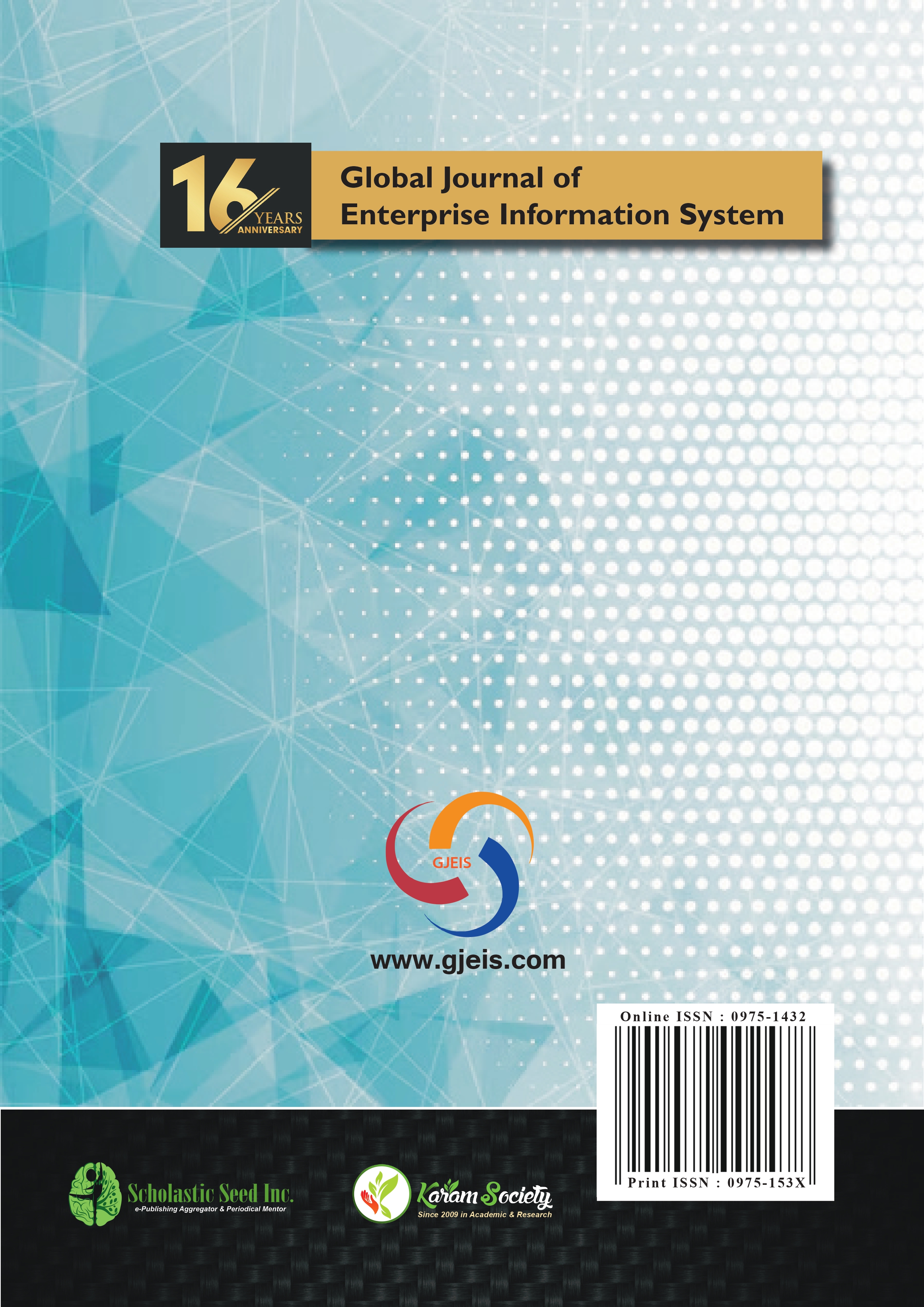Amalgamating Data Analytics and Machine Learning for Predicting Sex Ratio and Infant Mortality Rate to Improve Gender Composition
Abstract
Different parameters are used to obtain a detailed account of population compositionwithin a country or its states in terms of sex.
These parameters include sex ratio, infant mortality rate, foeticide rate etc. In this paper, we analyse the trends in sex ratio of India
and some of its states, the number of children ever born to a married women given that all are females and the number of surviving
females is zero, infant mortality rate, child birth ratio, percent of boys more than girls. Through these parameters, we developed a
prediction system for infant mortality rate and sex ratio of India, provided the current trends continue without substantial changes.
We have collected the data from reliable government sources and used platforms of R programming for prediction purposes and
RStudio for visualisation in order to present a visually appealing user interface. Although the data available to us was highly limited,
our system was able to make predictions with an accuracy of 93%.








